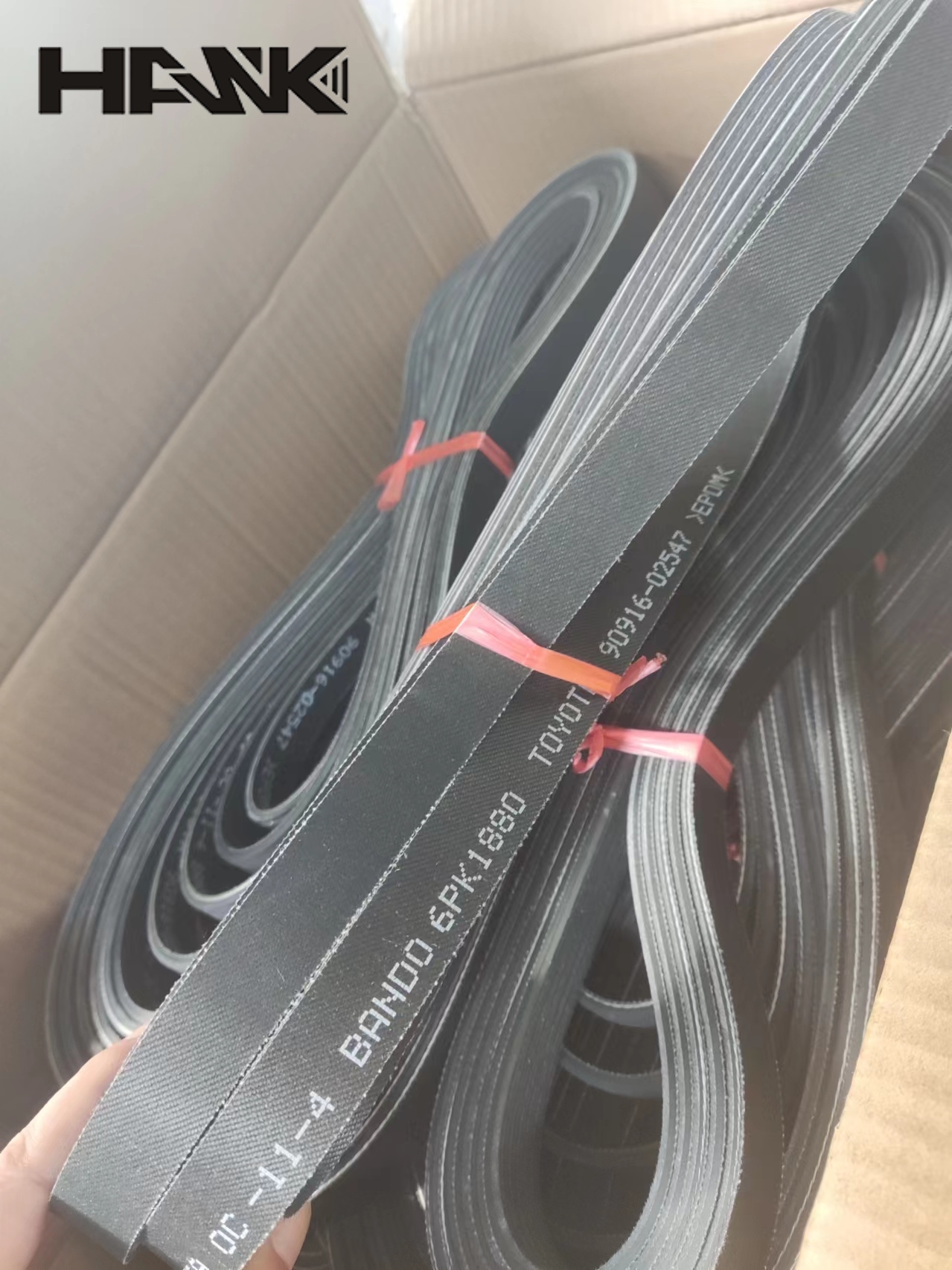- Arabic
- French
- Russian
- Spanish
- Portuguese
- Turkish
- Armenian
- English
- Albanian
- Amharic
- Azerbaijani
- Basque
- Belarusian
- Bengali
- Bosnian
- Bulgarian
- Catalan
- Cebuano
- Corsican
- Croatian
- Czech
- Danish
- Dutch
- Afrikaans
- Esperanto
- Estonian
- Finnish
- Frisian
- Galician
- Georgian
- German
- Greek
- Gujarati
- Haitian Creole
- hausa
- hawaiian
- Hebrew
- Hindi
- Miao
- Hungarian
- Icelandic
- igbo
- Indonesian
- irish
- Italian
- Japanese
- Javanese
- Kannada
- kazakh
- Khmer
- Rwandese
- Korean
- Kurdish
- Kyrgyz
- Lao
- Latin
- Latvian
- Lithuanian
- Luxembourgish
- Macedonian
- Malgashi
- Malay
- Malayalam
- Maltese
- Maori
- Marathi
- Mongolian
- Myanmar
- Nepali
- Norwegian
- Norwegian
- Occitan
- Pashto
- Persian
- Polish
- Punjabi
- Romanian
- Samoan
- Scottish Gaelic
- Serbian
- Sesotho
- Shona
- Sindhi
- Sinhala
- Slovak
- Slovenian
- Somali
- Sundanese
- Swahili
- Swedish
- Tagalog
- Tajik
- Tamil
- Tatar
- Telugu
- Thai
- Turkmen
- Ukrainian
- Urdu
- Uighur
- Uzbek
- Vietnamese
- Welsh
- Bantu
- Yiddish
- Yoruba
- Zulu
gru . 04, 2024 09:20 Back to list
Understanding the Importance and Functionality of Automotive V Belts in Vehicles
Understanding the Importance of Automotive V-Belts
In the automotive world, various components work together to ensure that vehicles function smoothly and efficiently. One often overlooked but crucial element is the V-belt, a type of drive belt used in a wide array of automotive applications. This article delves into the significance of V-belts, their functions, types, and maintenance, ultimately highlighting their essential role in modern vehicles.
What is a V-Belt?
A V-belt is a rubberized belt shaped in a trapezoidal (V) cross-section. This unique shape allows the belt to fit snugly into the grooves of pulleys, providing a high-friction surface for power transmission. V-belts are primarily used to drive accessories such as the alternator, power steering pump, water pump, and air conditioning compressor. Their design enables them to handle power transmission effectively while offering some flexibility and stretchability.
The Functionality of V-Belts
The primary function of a V-belt is to transmit mechanical power from the engine to accessory components. When the engine runs, it generates power that spins the crankshaft. This rotational energy is passed along to the pulleys via the V-belt, turning various components crucial for the vehicle's operation. For instance, the alternator uses the power from the V-belt to generate electricity, while the water pump circulates coolant throughout the engine to prevent overheating.
Moreover, V-belts also play a significant role in enhancing fuel efficiency. A well-functioning belt ensures that accessory components operate optimally, reducing the engine's workload and, consequently, its fuel consumption. Therefore, maintaining V-belts in good condition is vital not only for vehicle performance but also for economic driving.
Types of V-Belts
While traditional V-belts have been a standard choice for many years, advancements in technology have led to the development of various types of V-belts
automotive v belt

1. Traditional V-Belts These are the classic design used for many applications, offering durability and reliability. However, they are often prone to slippage and wear over time.
2. Wedge Belts Wedge belts have a more narrow and thicker design compared to traditional V-belts. This allows for greater power transmission and reduced slippage. They are commonly used in high-performance settings or heavy-duty applications.
3. Serpentine Belts These modern V-belts run multiple accessories on a single continuous loop, increasing efficiency and reducing the number of belts required in an engine. Serpentine belts are coiled in a way that enables them to manage several pulleys, making them a popular choice in contemporary vehicles.
4. Adjustable V-Belts Designed for versatility, adjustable V-belts can be modified in length and tension, which provides flexibility in adapting to different vehicle requirements.
Maintenance and Replacement
Regular maintenance of V-belts is crucial for ensuring their longevity and optimal performance. Over time, V-belts can wear out, become frayed, or develop cracks due to heat and tension. Signs that a V-belt may need replacement include squeaking or chirping noises, visible signs of wear, or a drop in performance from accessory components.
Preventive measures include regular inspections, proper tension adjustments, and timely replacements. Vehicle manufacturers typically provide recommended intervals for V-belt inspection and replacement in the owner’s manual, and following these guidelines can save drivers from potential breakdowns and costly repairs.
Conclusion
In conclusion, automotive V-belts are vital components that enable the seamless operation of numerous vehicle functionalities. Their ability to transmit power efficiently not only aids in the performance of several systems but also contributes to improved fuel economy. With various types available to suit different applications, understanding V-belts and their importance makes them an indispensable element of automotive maintenance. Regular inspection and care ensure that V-belts continue to perform reliably, ultimately enhancing the driving experience. As vehicles evolve, so too will the technology behind these essential components, but their significance in automotive engineering remains ever-present.
-
Korean Auto Parts Timing Belt 24312-37500 For Hyundai/Kia
NewsMar.07,2025
-
7PK2300 90916-T2024 RIBBED BELT POLY V BELT PK BELT
NewsMar.07,2025
-
Chinese Auto Belt Factory 310-2M-22 For BMW/Mercedes-Benz
NewsMar.07,2025
-
Chinese Auto Belt Factory 310-2M-22 For BMW/Mercedes-Benz
NewsMar.07,2025
-
90916-02660 PK Belt 6PK1680 For Toyota
NewsMar.07,2025
-
drive belt serpentine belt
NewsMar.07,2025

